Image Archive












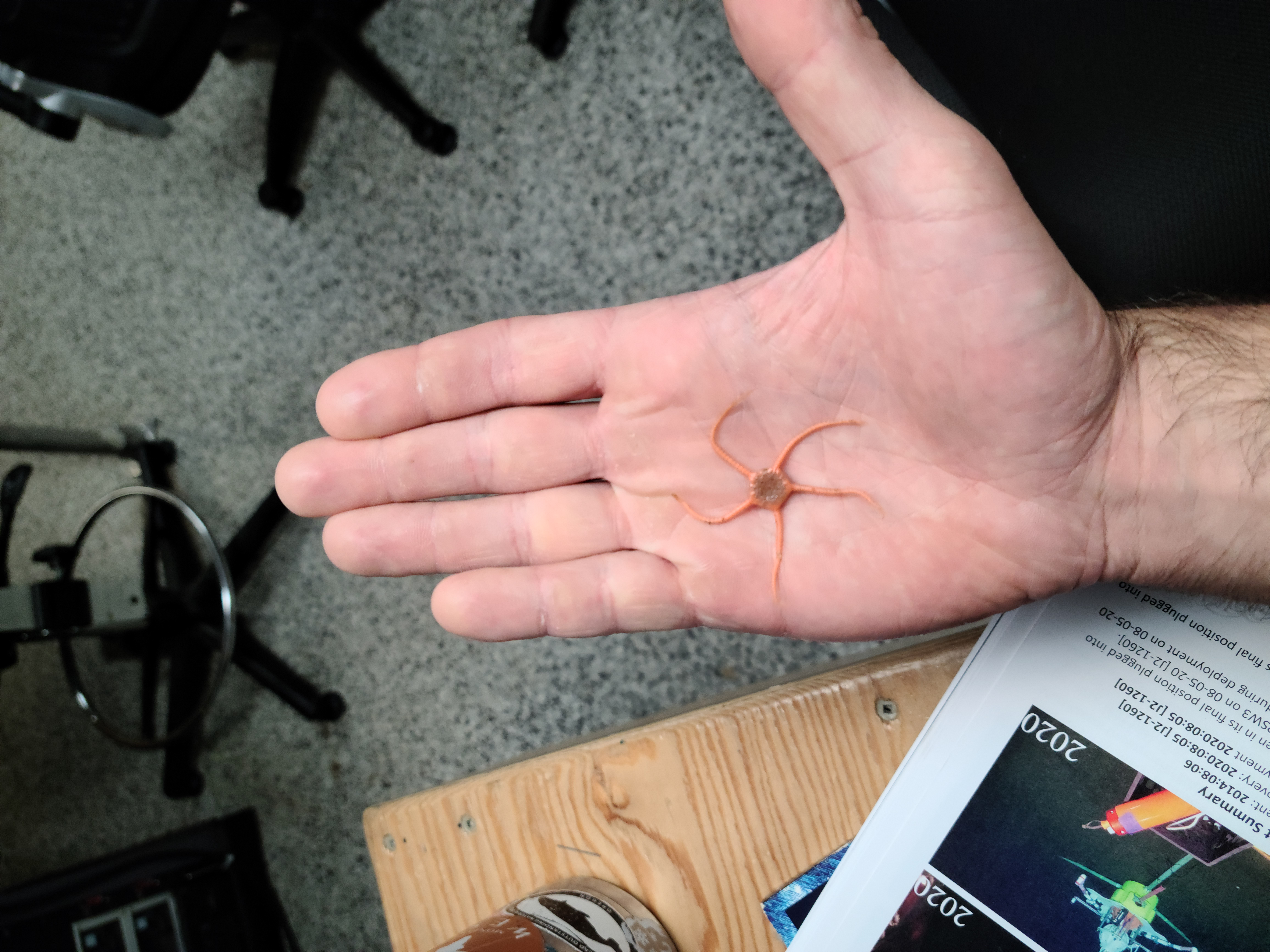




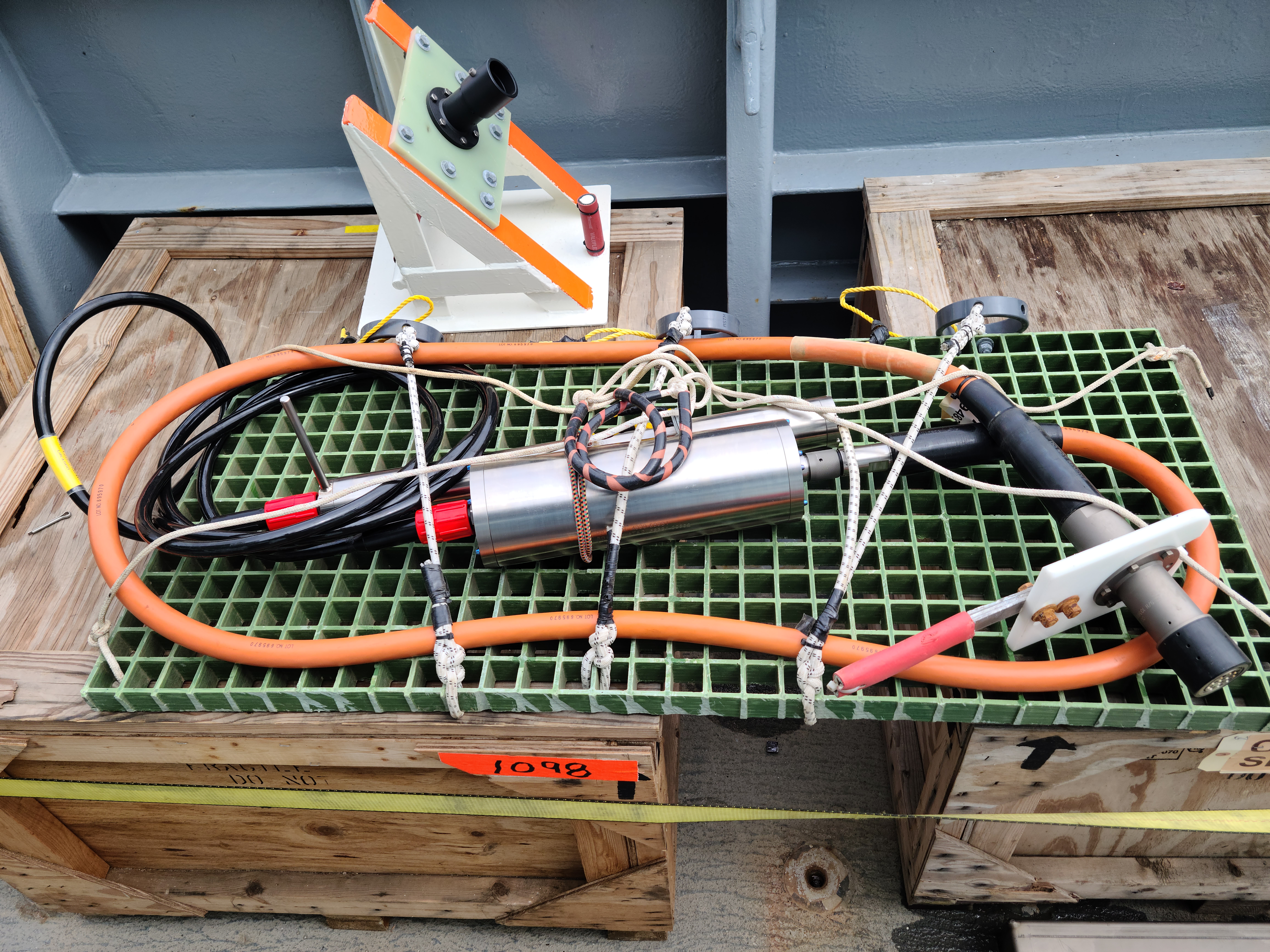











Thompson at Port in Newport, Oregon. Credit: A. Rashid, University of Washington, V22.
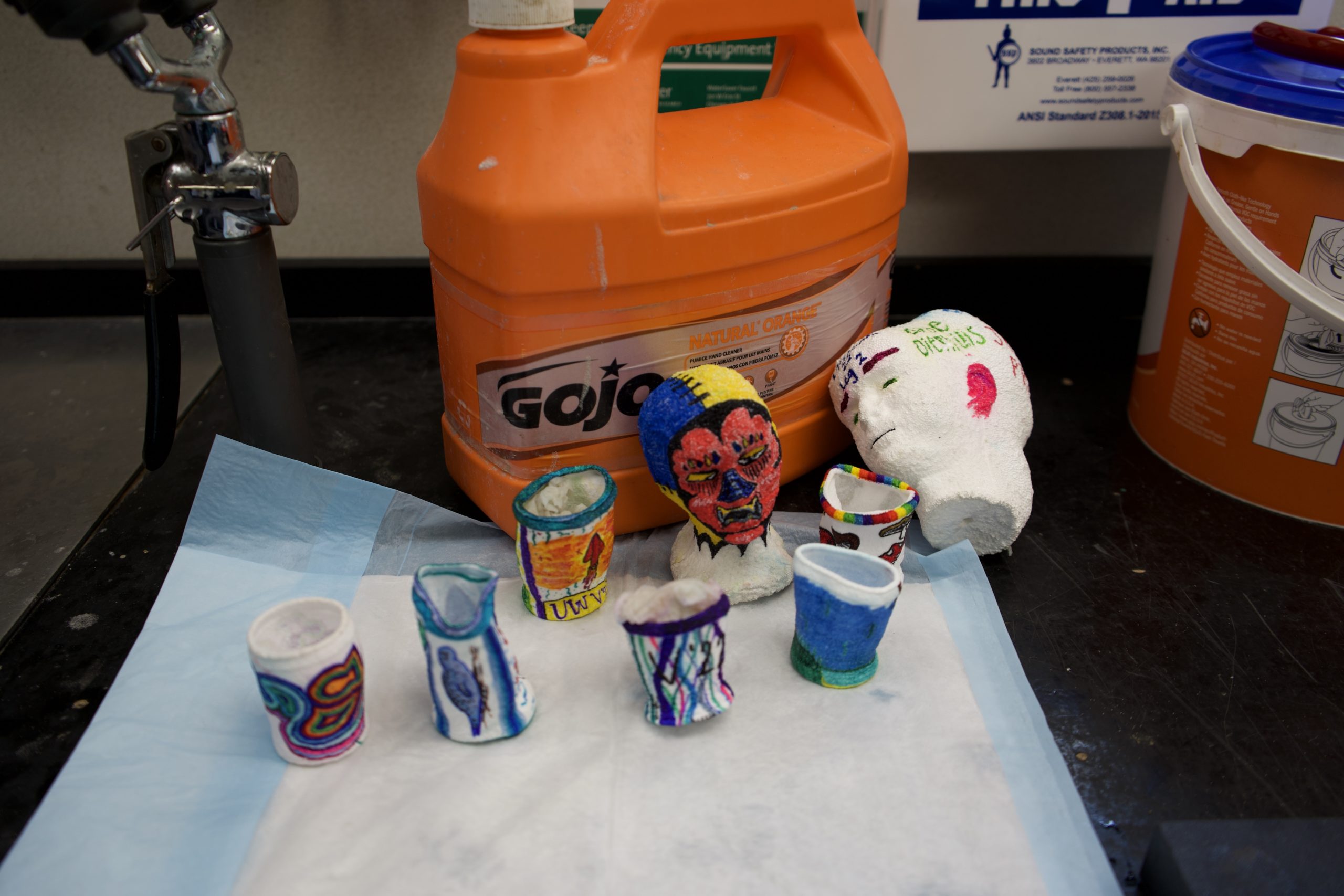
Styrofoam cups that shrank at the pressure of 2900 m depth. Slope Base, Oregon. Credit: A. Rashid, University of Washington, V22.

Sampling ocean water for salinity measurements from the rosette. Credit: A. Rashid, University of Washington, V22.
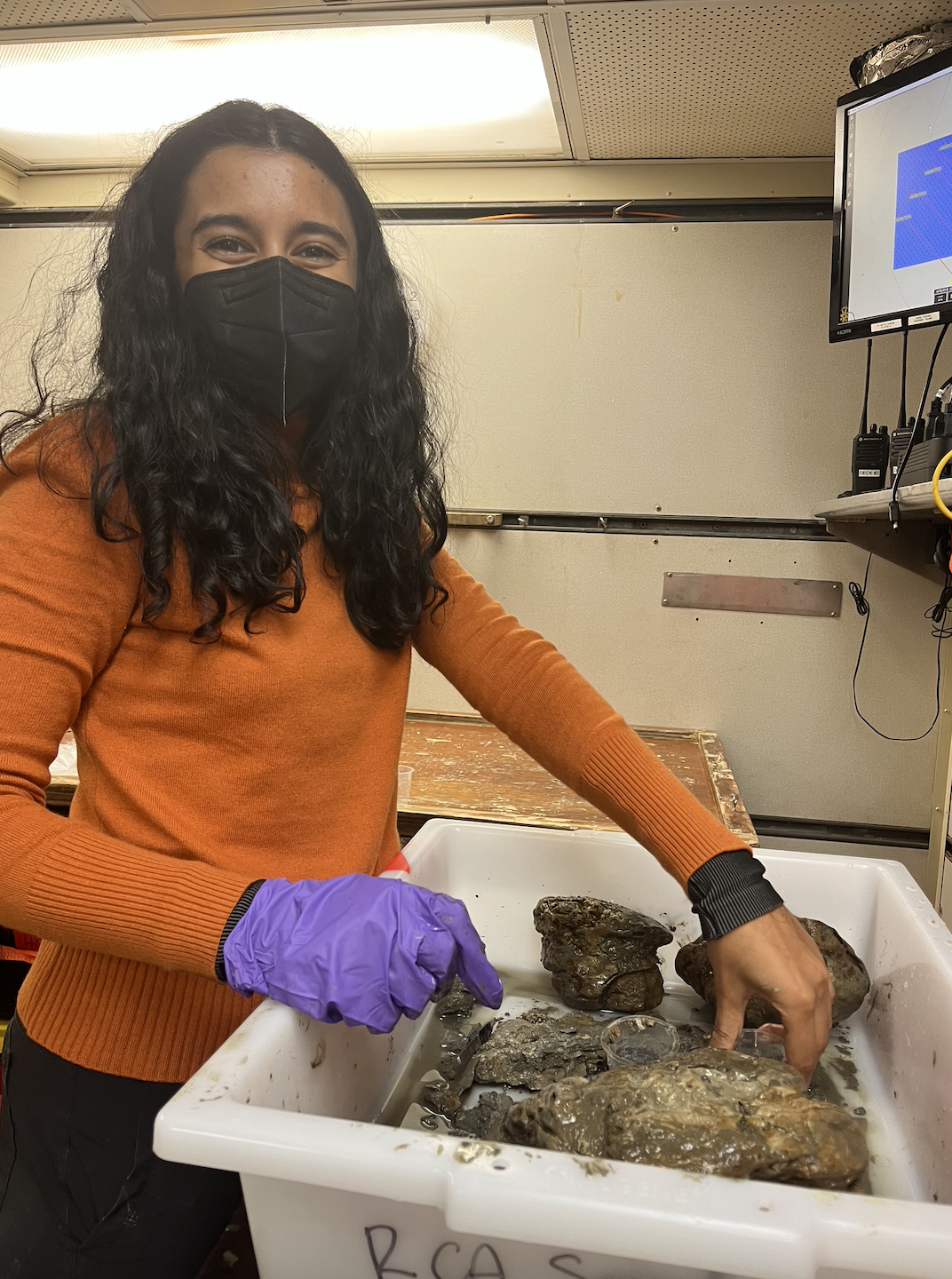
Sampling the deep sea rocks in the wet lab! A.Rashid, University of Washington, V22

The CAT flow meter. A.Rashid, University of Washington, V22.

The bridge of the Thompsonat 5:36 am, Credit: A. Shah, University of Washington, V22.
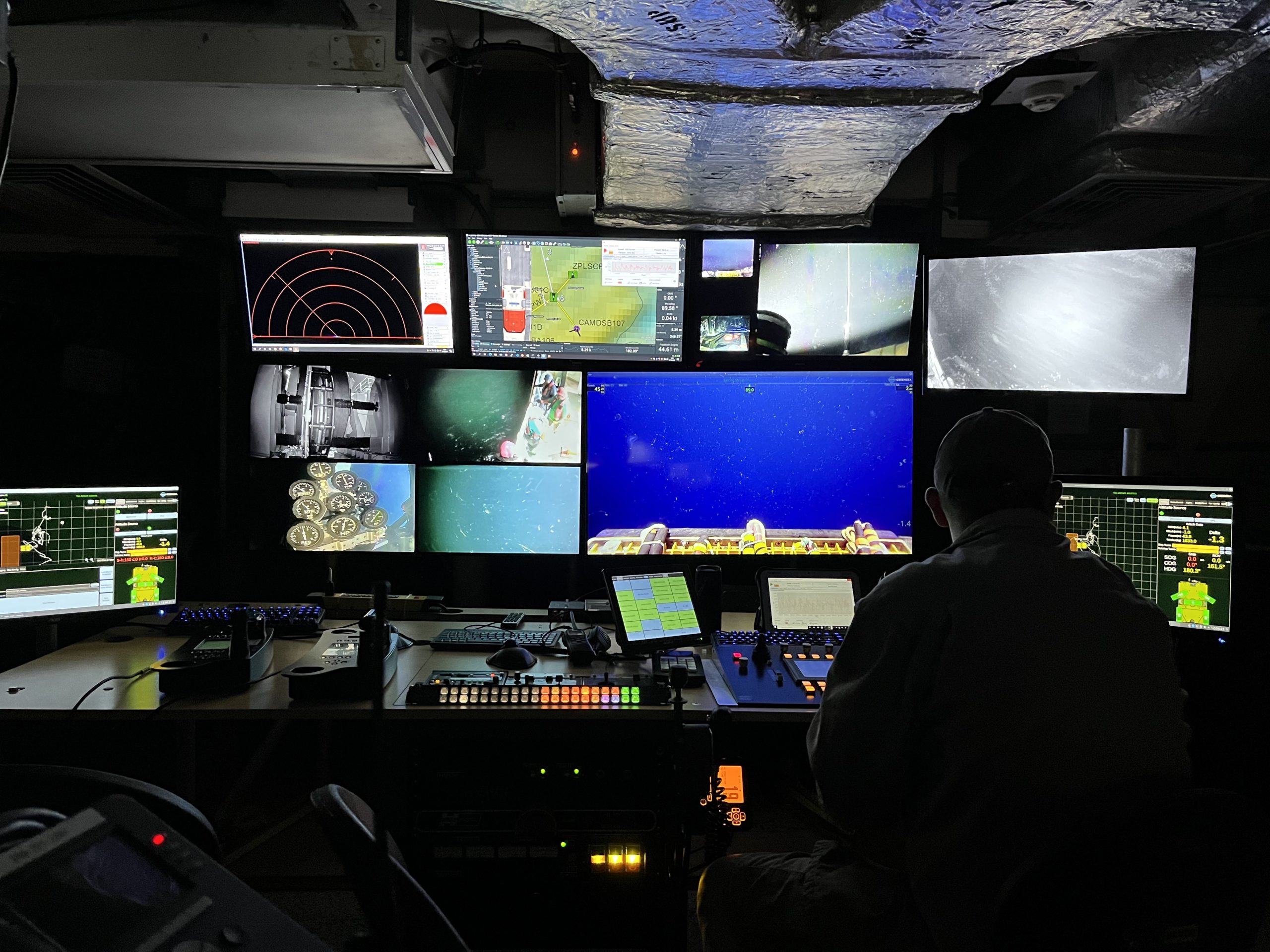
View from the Dive control room for ROPOS, Credit: A.Shah, University of Washington, V22.
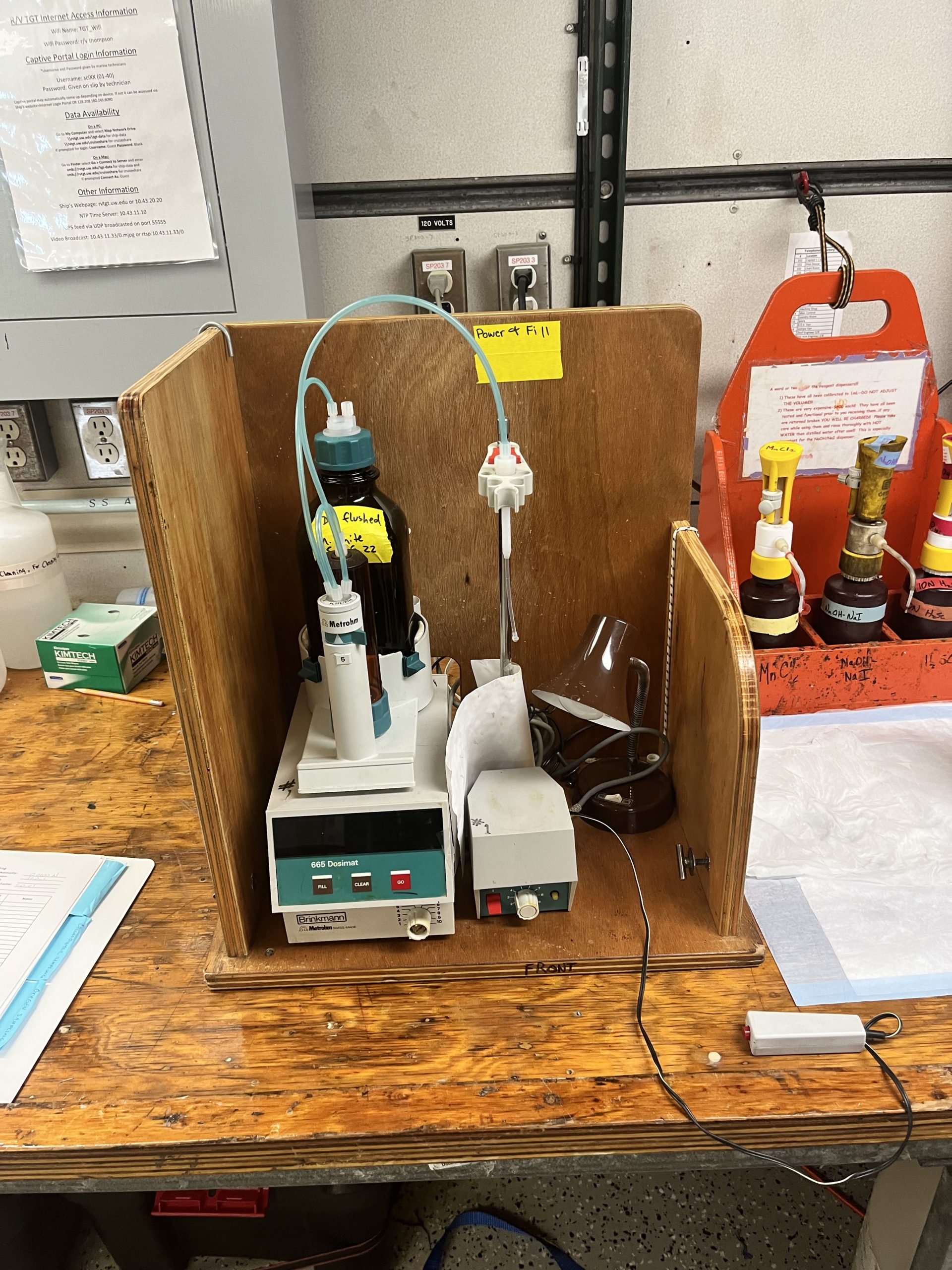
An automatic titration machine used for oxygen titrations. A. Rose, University of University, V22.

Front view of ROPOS; showing large Zuess Plus camera and platform with bio box. Credit: J. Pineda, University of Washington; V22.

Figure1

View from second level deck, looking over walkway toward the fantail of the Thompson. Credit: J. Pineda, University of Washington; V22.

View off the starboard side deck ot the R/V Thompson, docked at Newport. Credit: J. Pineda, University of Washington; V22.

An unfortunate passenger from a recovered piece of equipment. Credit: Y., University of Washington, V22.
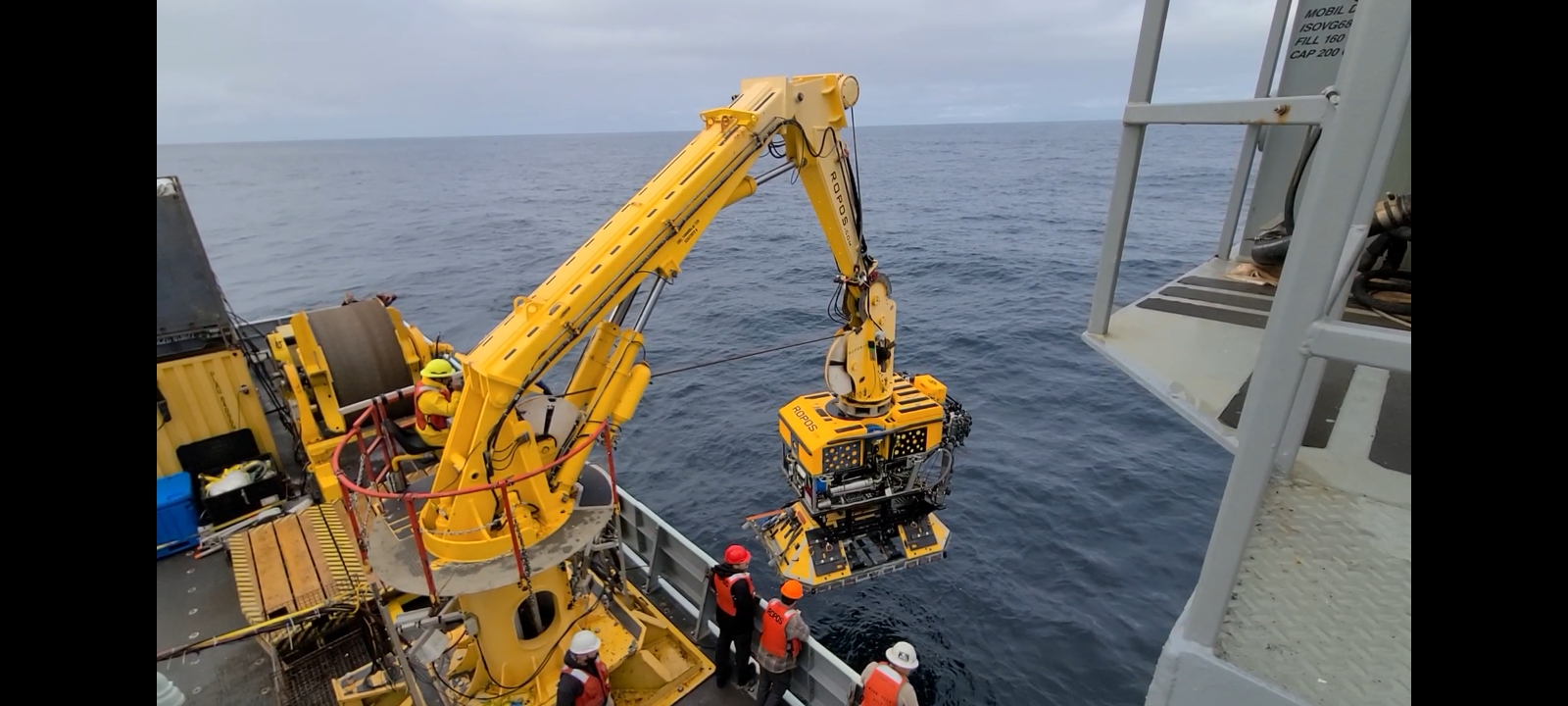
ROPOS about to be deployed. Credit: Y. Pinto, University of Washington, V22.

The BEP we recovered, covered in worm tunnels and young barnacles. Credit: Y., University of Washington, V22.

A better look inside the CAT. Here you can see the two pumps that live inside of it. Credit: Y. Pinto, University of Washington, V22.

The CAT, after being removed from its metal frame (not pictured), emptied of internals. Two coils of thin, clear plastic tubing also not pictured. Credit: Y. Pinto, University of Washington, V22

Seismometer strapped to a platform, ready for ROPOS to grab it. Credit: Y. Pinto, University of Washington, V22.

Methane bubble plumes spotted on the Thompson's hull-mounted multi-beam plume survey at Southern Hydrate Ridge. Credit: N. Wu, University of Washington, V22.

A wall of mysterious fog ahead as we stand at the bow, heading to a new adventure. Credit: N. Wu, University of Washington, V22.

Yoav Pinto strutting on the dock after his van got to the boat faster than Mike’s van even though he left later. Credit: N. Wu, University of Washington, V22
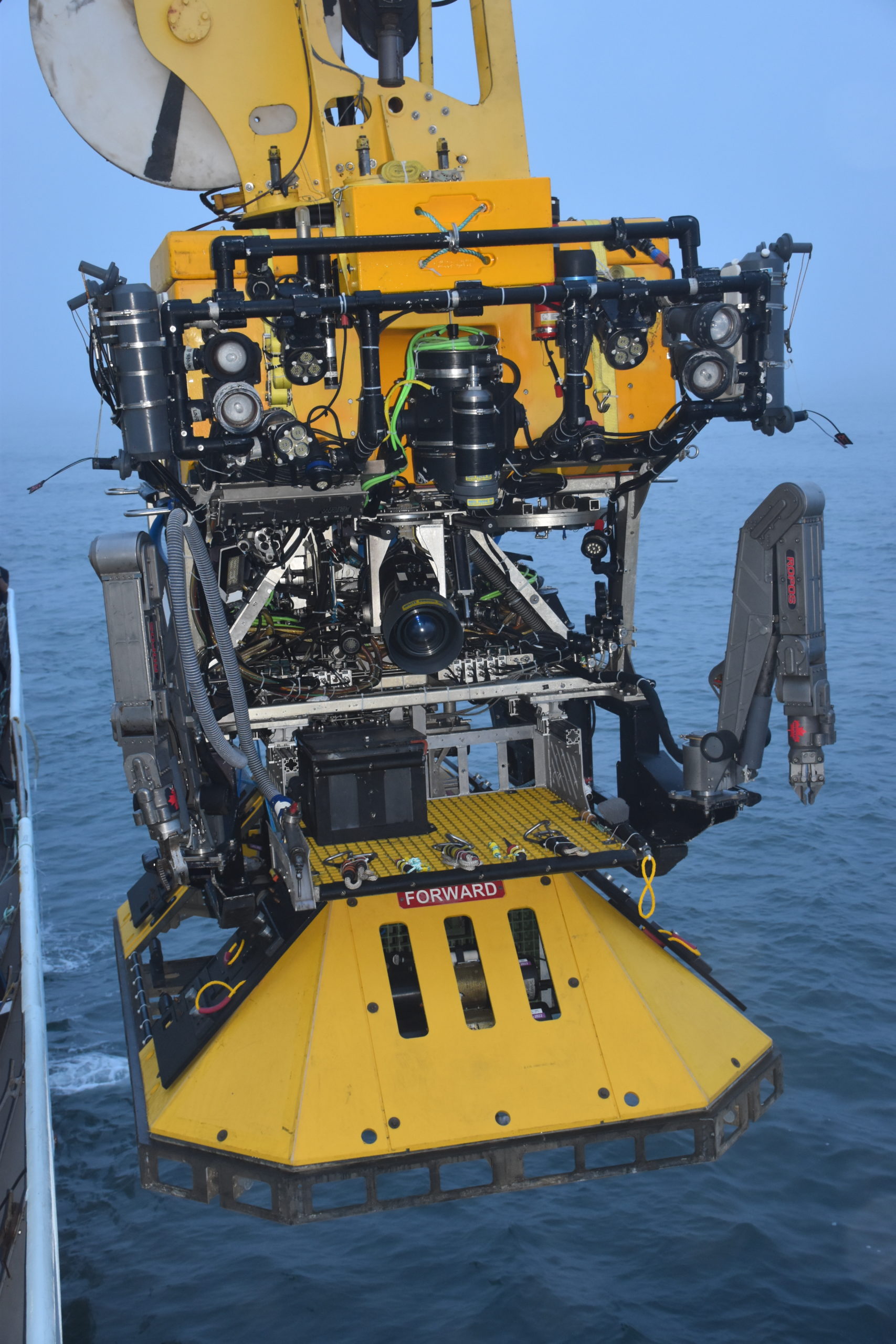
ROPOS is latched into the Bethic Experiment Platform where it will deployed on the seafloor to measure ocean water properties and ocean sounds, including marine mammal songs. Credit: M. Elend, University of Washington, V22.

Leg 2 VISIONS'22 students gather on the 03 deck of the Thompson, starting their journey. Also shown is the Chief Scientist - Mike Vardaro (far right) and Co-Chief Scientist - Julie Nelson far left). Credit: M. Elend, University of Washington.

Figure 5

Figure 4

As seen on ROPOS’s butt. Credit: Y. Pinto, University of Washington, V22.

The front of ROPOS. Take a look at the two different manipulator “hands.” The main camera is visible immediately to the left of ROPOS’ left arm. Credit: Y. Pinto, University of Washington, V22.

UW logo proudly displayed on the bow of the Thompson on an uncharacteristically clear day in Newport, OR. Credit: Yoav Pinto, University of Washington, V22.
- Anemone
- Animal
- Arthropod
- ASHES
- Axial
- Axial Base
- Axial Biology
- Axial Caldera
- Bacteria
- Basalt Lava
- BEP
- Biofouling
- biolgoy
- Biology
- Camds
- Camera
- Camhd
- Central Caldera
- Ciliates
- Cnidaria
- Coastal Biology
- Crab
- Deep Profiler Mooring
- Dive Highlights
- Eastern Caldera
- Echinoderms
- Endurance Array
- Engineering Team
- ENLIGHTEN 10
- Exploratorium
- Fish
- Geology
- HD Camera
- HPIES
- Hydrate Ridge
- Hydrates
- Hydrophone
- Hydrothermal Vents
- Illustration
- Inshore 80 Meters
- Instrument
- International District
- J-BOX
- Jason
- Jellyfish
- Junction Box
- K12
- Lava
- Mollusk
- Moorings
- Nodes
- Nudibranch
- Octopus
- OOI
- Oregon Offshore
- Oregon Offshore 600 m
- Oregon Shelf
- Oregon Slope Base
- People
- PN1B
- PN1D
- Polychaetes
- PPSDN
- Primary Node
- RASFL
- ROCLS
- ROPOS
- ROPOS Dives
- ROV Team
- RV Revelle
- RV Sikuliaq
- RV Thompson
- Salp
- Sample
- SC13
- Science Team
- Sea Cucumber
- Sea Star
- Sea Urchin
- Seafloor
- Seismometer
- Sensors
- Shallow Profiler Mooring
- Shark
- Shipboard
- Shore Station
- Slope Base
- Smoker
- Soft Coral
- Southern Hydrate Ridge
- Sponge
- Squid
- Students
- Students & Guest Participants
- Tmpsf
- Tubeworms
- VISIONS 11 Leg 1
- VISIONS 11 Leg 2
- VISIONS 11 Viewers
- VISIONS 13
- VISIONS 14
- VISIONS 15
- VISIONS 16
- VISIONS 17
- VISIONS 18
- VISIONS 20
- VISIONS 22
- VISIONS 23
- Visualization
